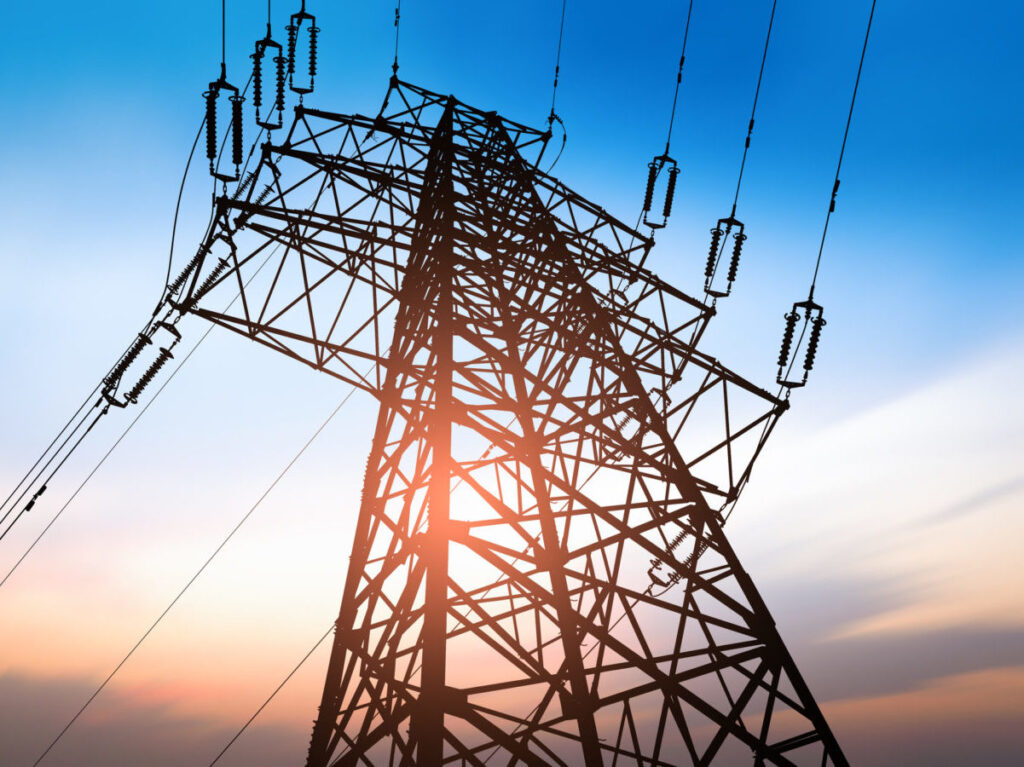Protecting the grid in a time of increasing complexity

Grid reliability cannot be maintained in a silo.
The North American bulk power system is a highly complex machine. It is also one of the most critical infrastructures to society and as electrification expands into every aspect of modern life, including transportation and advanced automation, the dependence on the electric infrastructure continues to increase. At the same time, the reliability landscape is changing rapidly due to the introduction of modern technologies and renewable energy resources. As the Electric Reliability Organization for North America, NERC must continue to monitor current threats and prepare for the evolution of the bulk power system as well as the threats it may face in the future.
While the grid has become more complex and automated with sophisticated Energy Management Systems and communication and relay protection schemes that operate at the speed of light, the most important part of the grid is the humans who build, maintain, and operate it. While the technicians and engineers that take care of the grid are some of the best educated and trained in any profession, they are still susceptible to errors and mistakes that can cause great consequences. They are indeed, human.
Mistakes caused by human or organizational error can lead to cascading outages, equipment damage, monetary losses, injury, and in some cases—death. Human error is often cited as the cause for up to 80 percent of all incidents and accidents in complex, high-risk systems that exist in the aviation, petrochemical, healthcare, construction, mining, and nuclear power industries. In an effort to bring awareness to this issue, for the past seven years, NERC hosts an annual human performance conference focused on good industry practices, which brings together subject matter experts and stakeholders in an idea-sharing, cooperative forum. The goal is to shift the focus from a culture of blame to one that views human performance challenges from a strategic, operational, and tactical level and puts the mitigation or defenses at the appropriate level.
Analyzing the risks of human error and sharing the lessons learned from those errors is just one of the responsibilities of NERC’s Reliability Risk Management group. This group focuses directly on proactive awareness of bulk power system conditions and all events over a threshold of impact. RRM analyzes events and addresses the most significant risks to bulk power system reliability, ensuring that industry is well informed of system events, emerging trends, risk analysis, lessons learned, and expected actions. The principal goal of the ERO is to promote the reliability of the bulk power system in North America. This goal is directly supported by evaluating bulk power system events, analyzing the root causes of the events, promptly assuring tracking of corrective actions to prevent recurrence, and providing lessons learned to the industry. This event analysis process also provides valuable input for training and education, reliability trend analysis efforts, and reliability standards development, all of which support continued reliability improvement.
As part of this work, NERC recently produced its State of Reliability 2018 report, analyzing historical risks to the bulk power system with a view toward solving future problems. Among its key findings, the report highlighted the improved resilience of the North American grid, as demonstrated by the reliable operations that were maintained during two Category 5 events—hurricanes Harvey and Irma—and the speed at which the affected areas recovered from storm-related damage when compared to similar storms and conditions from the past. The report also noted that transmission outages caused by failed protection system equipment, ac substation equipment, or human error all show a decreasing trend for the last five years.
The ERO Enterprise and most importantly, industry, have put great emphasis on reducing the misoperations rate, and industry has shown great resilience by learning from past events and occurrences. The reduction of the misoperations rate from double digits to just over seven percent in less than five years is a testament to this trait of being a learning organization. The rapidly changing resource mix and the introduction of new technologies on the grid is a challenge that the industry faces daily, and it requires changes and adjustments in the very way that we protect the system.
For example, NERC recently observed unexpected behavior from photovoltaic inverters during properly cleared electrical disturbances on high voltage transmission lines. Large quantities of photovoltaic resources have either tripped or implemented momentary cessation of electrical current injection during conditions that did not require them do so for protection. The ERO Enterprise established a task force, produced two event reports, two alerts, and a reliability guideline and continues to work closely with the Electric Power Research Institute (EPRI), the North American Transmission Forum (NATF), the North American Generator Forum (NAGF), and the Utility Variable-Generation Integration Group (UVIG) to conduct multiple webinars to bring focus to this issue, as well as challenges associated with other distributed energy resources.
Through the products it publishes and the events it hosts for industry, the ERO strives to develop a culture of reliability excellence that promotes and rewards aggressive self-critical review and analysis of operations, planning, and critical infrastructure protection processes. This self-critical focus must be ongoing, and the industry must recognize that registered entities are linked together by their individual and collective performances. Grid reliability cannot be maintained in a silo—it is a multi-pronged effort that is supported by numerous programs, initiatives, and organizations across North America. The ERO Enterprise will continue its work to enhance and improve bulk power system reliability based on a technical foundation of data and analysis.
James Merlo is VP and Director of Reliability Risk Management, North American Electric Reliability Corp.




